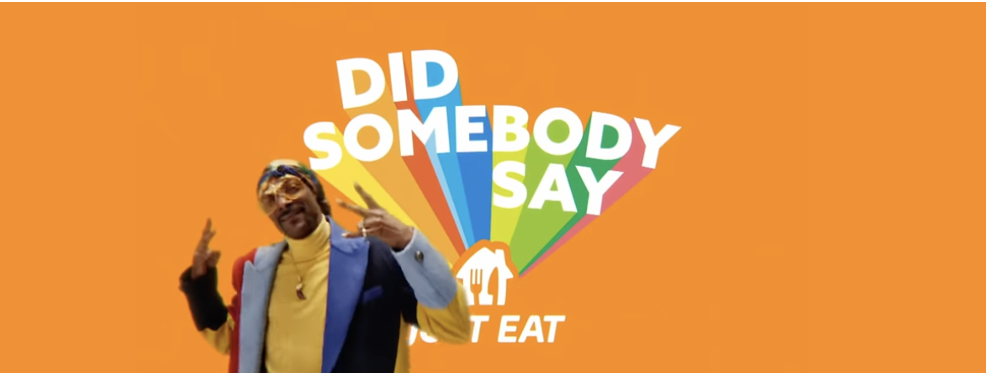Brands spend many millions of pounds on getting celebrities and influencers to endorse them. How can you maximise the effectiveness of this investment in driving distinctiveness? Cathal Gillen of partner agency Distinctive BAT share some sound advice in a recent WARC article (1). In this post we look at some of his key recommendations.
1. Build long term brand assets
“Distinctive Brand Assets often take time to embed,” rightly points out Cathal. “The selection of an influencer should be long-term and part of a five-year plus plan, not just for a few campaign bursts”. This echoes the advice here in a recent post on influencer marketing.
Research by Distinctive BAT last Xmas showed how Asda made effective use of the Buddy character from the movie Elf, played by Will Ferrell. This device drove high scores for bot recognition and brand attribution (see below). In doing so they were able to tap into what is called ‘borrowed memory structure’: positive associations with the character they used.
A key question here, however, is whether Asda signed a multi-year deal to use the Buddy character. If they did, there is an opportunity to use him as a long term distinctive asset, not just a one-off. This would be similar to the highly successful campaign for Direct Line insurance using the Winston Wolf character from Pulp Fiction I posted on here.
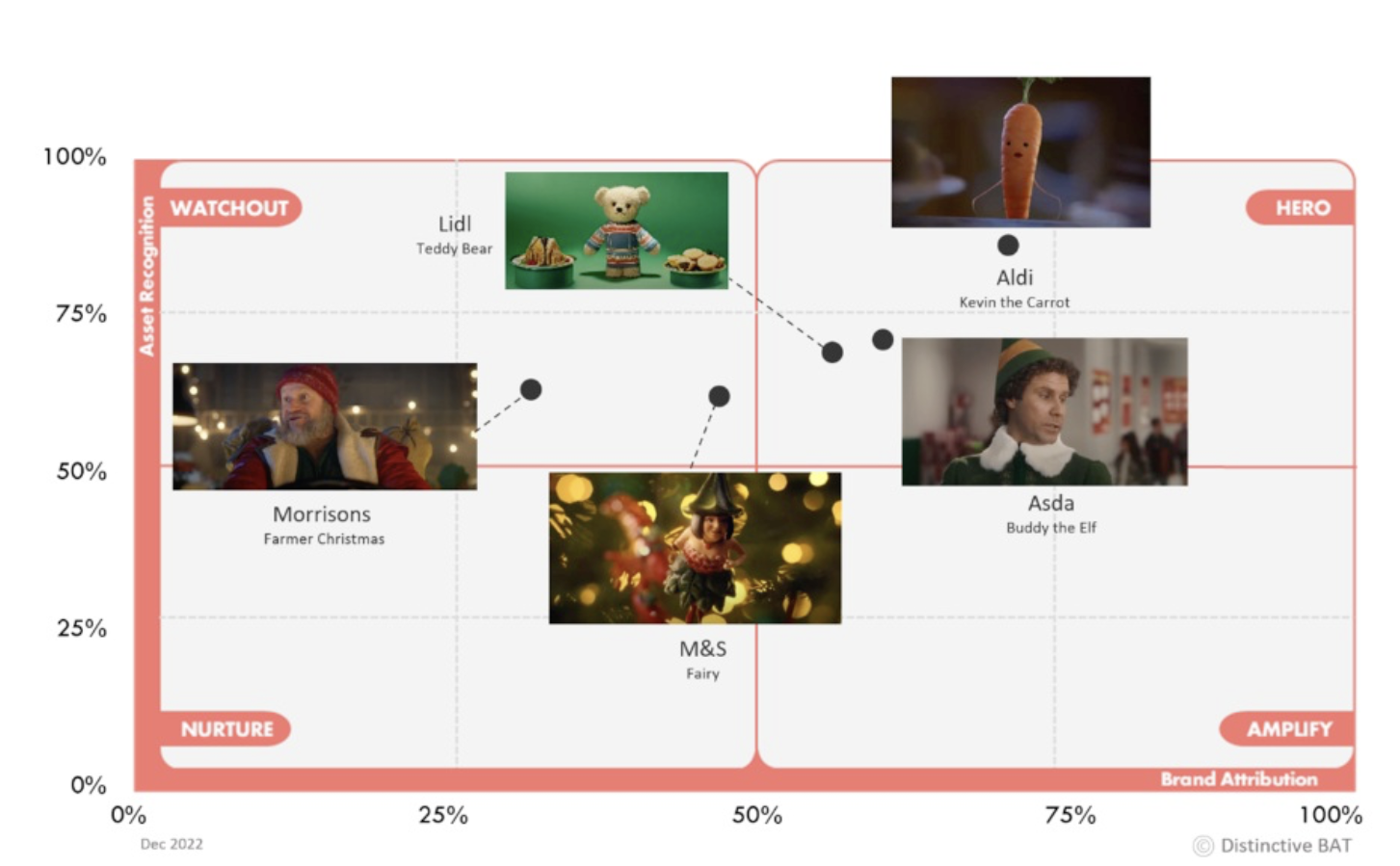
2. Amplify your brand assets
Celebrities have the potential to drive reach for your brand and allow you to leverage borrowed memory structure, as mentioned above. The problem is that this benefits are also attractive to other brands, not just yours. See three examples of this problem in action.
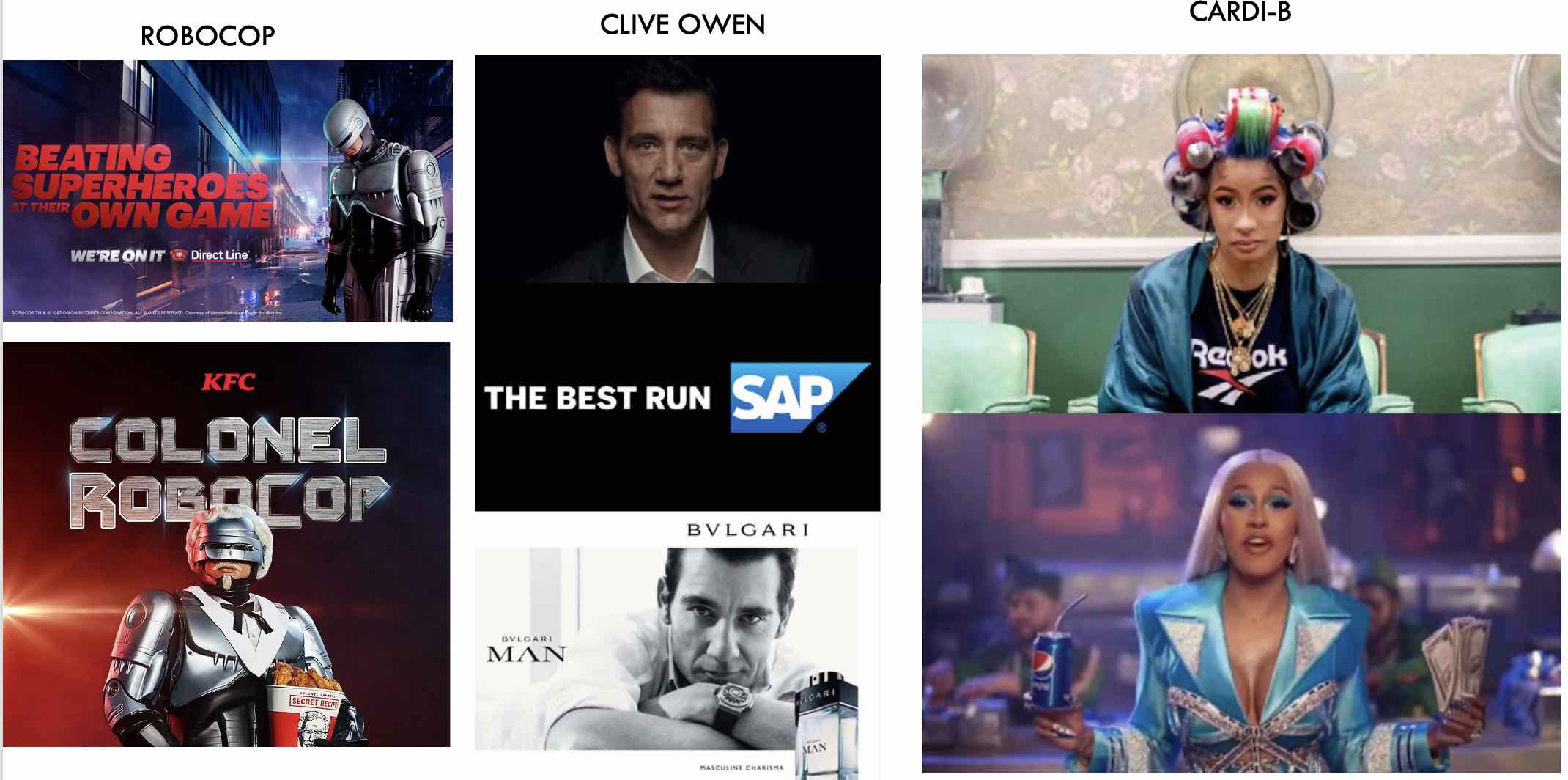
One solution proposed by Cathal is to not just feature the celebrity but rather use them as a vehicle for amplifying your distinctive brand assets. Just Eat have done cleverly this by using Snoop Dogg and more recently Katy Perry to amplify brand’s tagline, song and jingle. In the Snoop Dogg execution I posted on here, the rapper is not just featured passively in the ad. In his rap he shares his love for “oodles of noodles”, orders “tacos to the chateau” and encourages everyone to “just eat”. In this way, both the sonic branding device of the jingle and Snoop Dogg perform strongly in distinctive asset testing by Distinctive BAT (below).
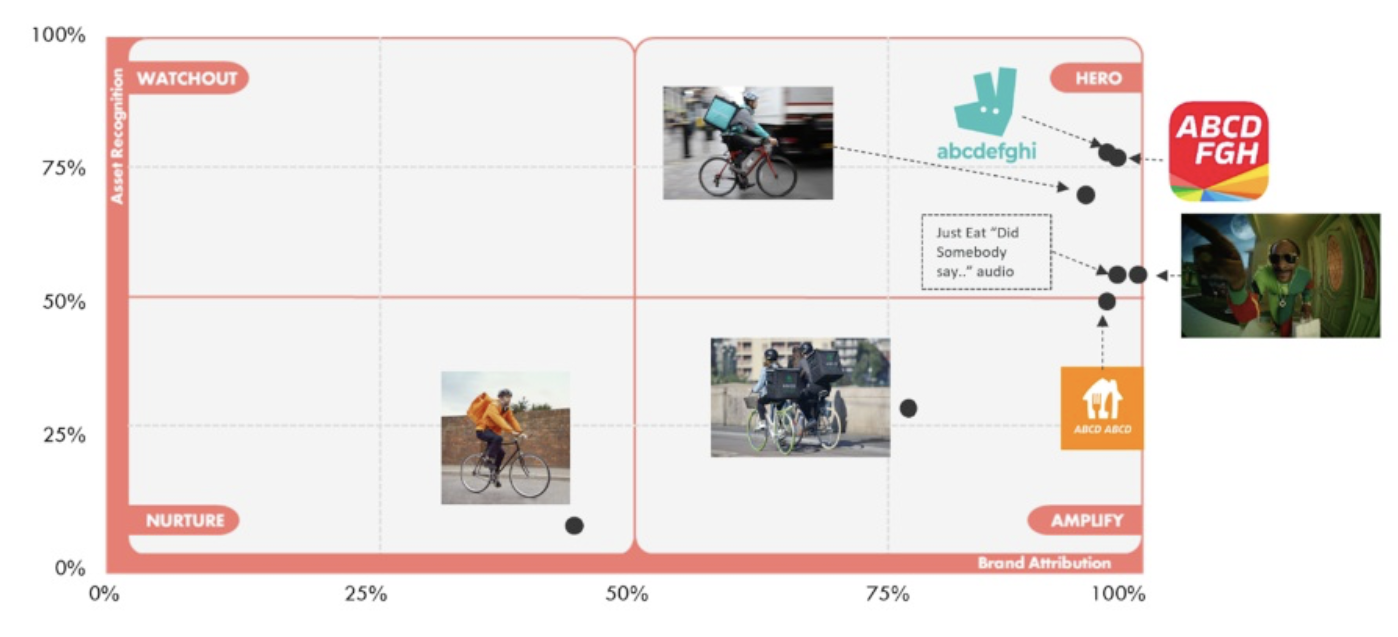
3. Create a clear brief for influencers
The need to amplify brand assets is also important for influencer marketing. Here, a brand has less control than in the Just Eat or Asda examples, where the marketing team and creative agency develop the campaign and script. Therefore, a clear brief is key, including the use of brand assets. For example, the brief below for Corona clearly captures:
- When: daytime occasions
- How: make bottle the main focus with a wedge of lime (the brand assets)
- Why: cue escape (emotion) and the refreshing, crisp taste (product)
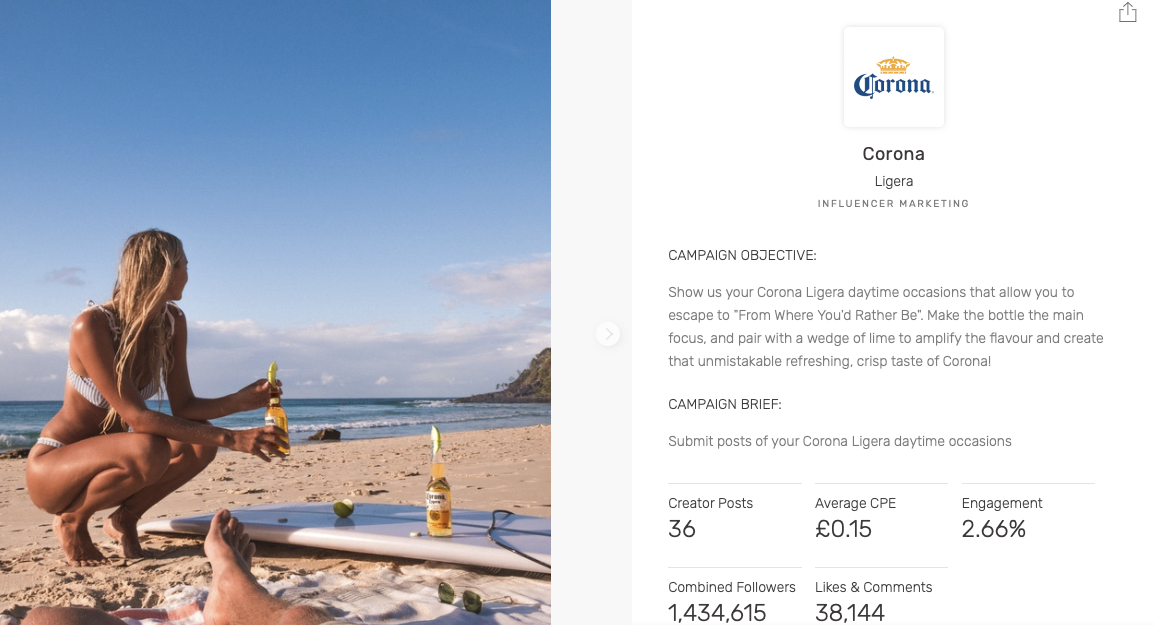
4. Consider characters, not just celebs
Another important finding from the Distinctive BAT research regards the use of characters vs. celebrities. Asda did achieve good results from using Buddy/Will Ferrell, but will have had to spend a lot of money to do this. In contrast, the best performing 2022 Xmas ad, from Aldi, featured their own character, Kevin the Carrot. The huge advantage of this approach is that Aldi own the brand asset. Furthermore, Kevin will work for free and is available 24/7/365. And he can’t get into trouble by doing or staying the wrong thing!
In a previous post, we shared research from IPSOS confirming the potential of characters. They appeared at about the same frequency as celebrities in ads tested by IPSOS but were shown to be significantly more effective (see below).
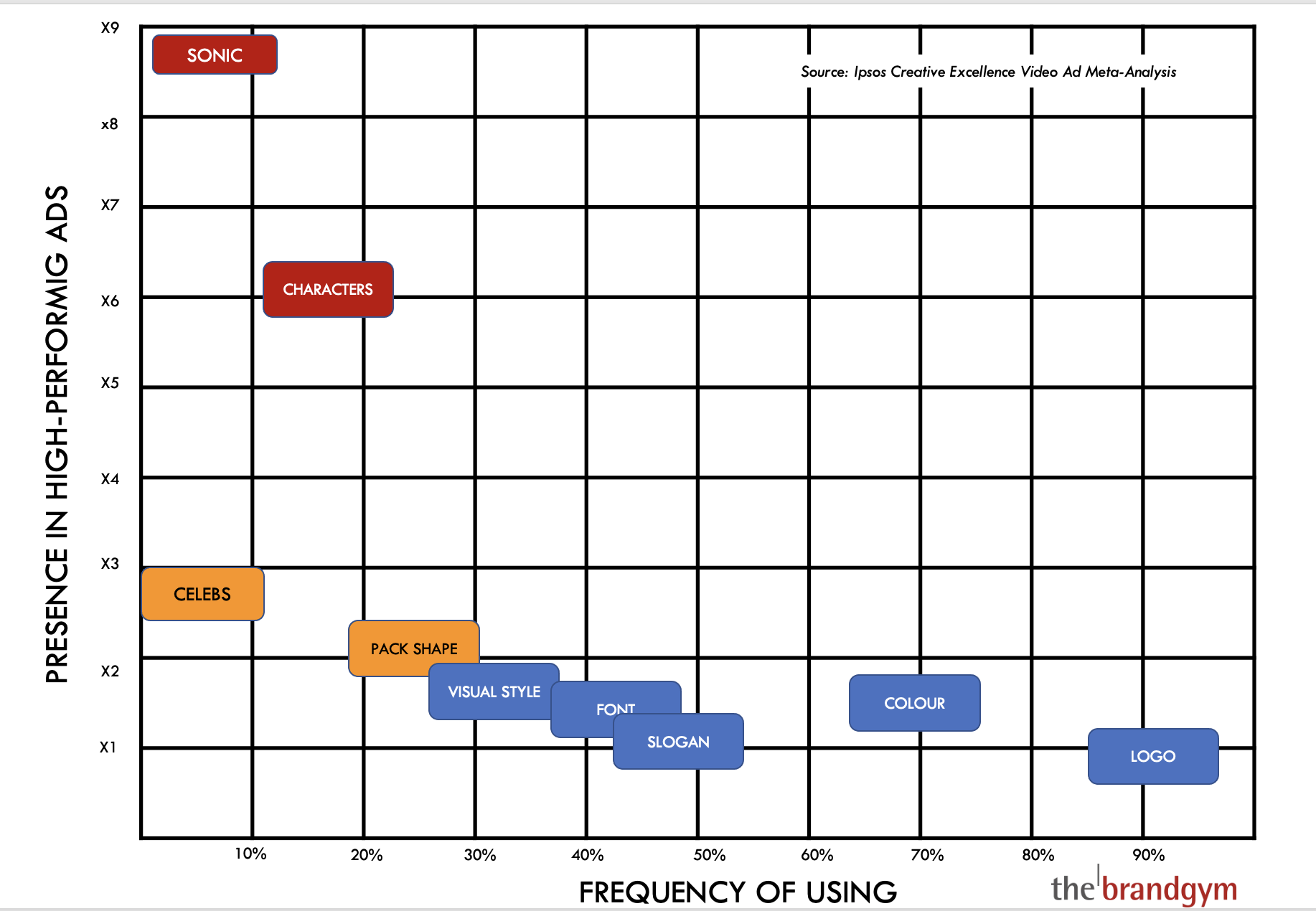
In conclusion, if you are going to invest in celebrity or influencer marketing, use a long term approach focused on amplify your distinctive brand assets.
SOURCES
